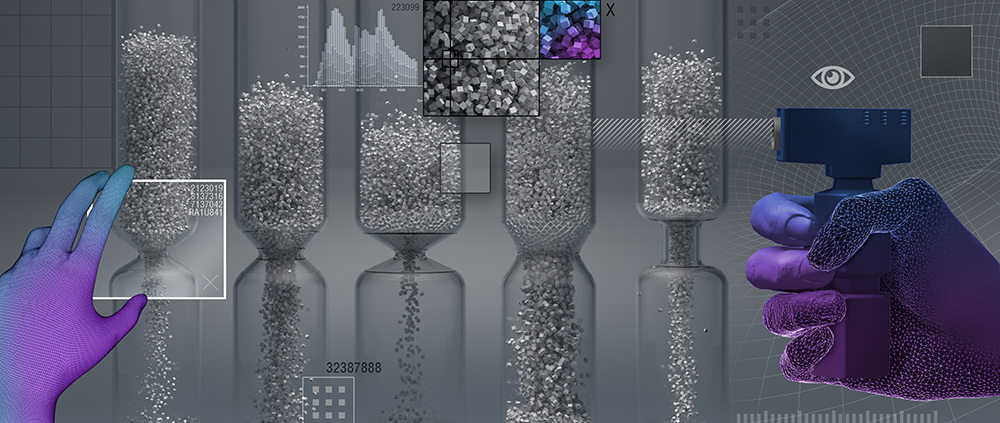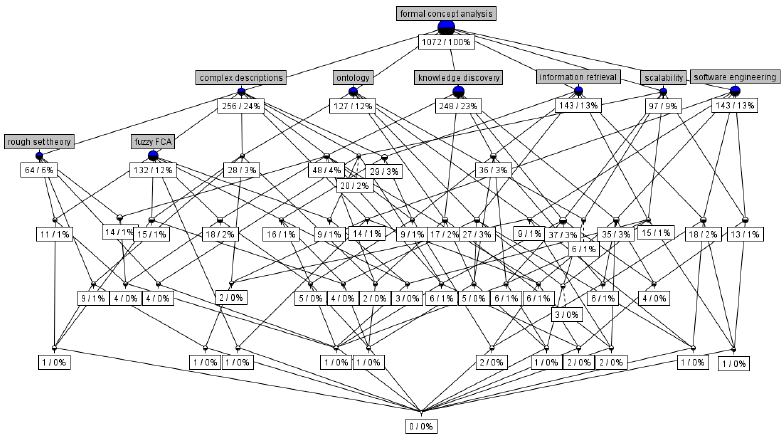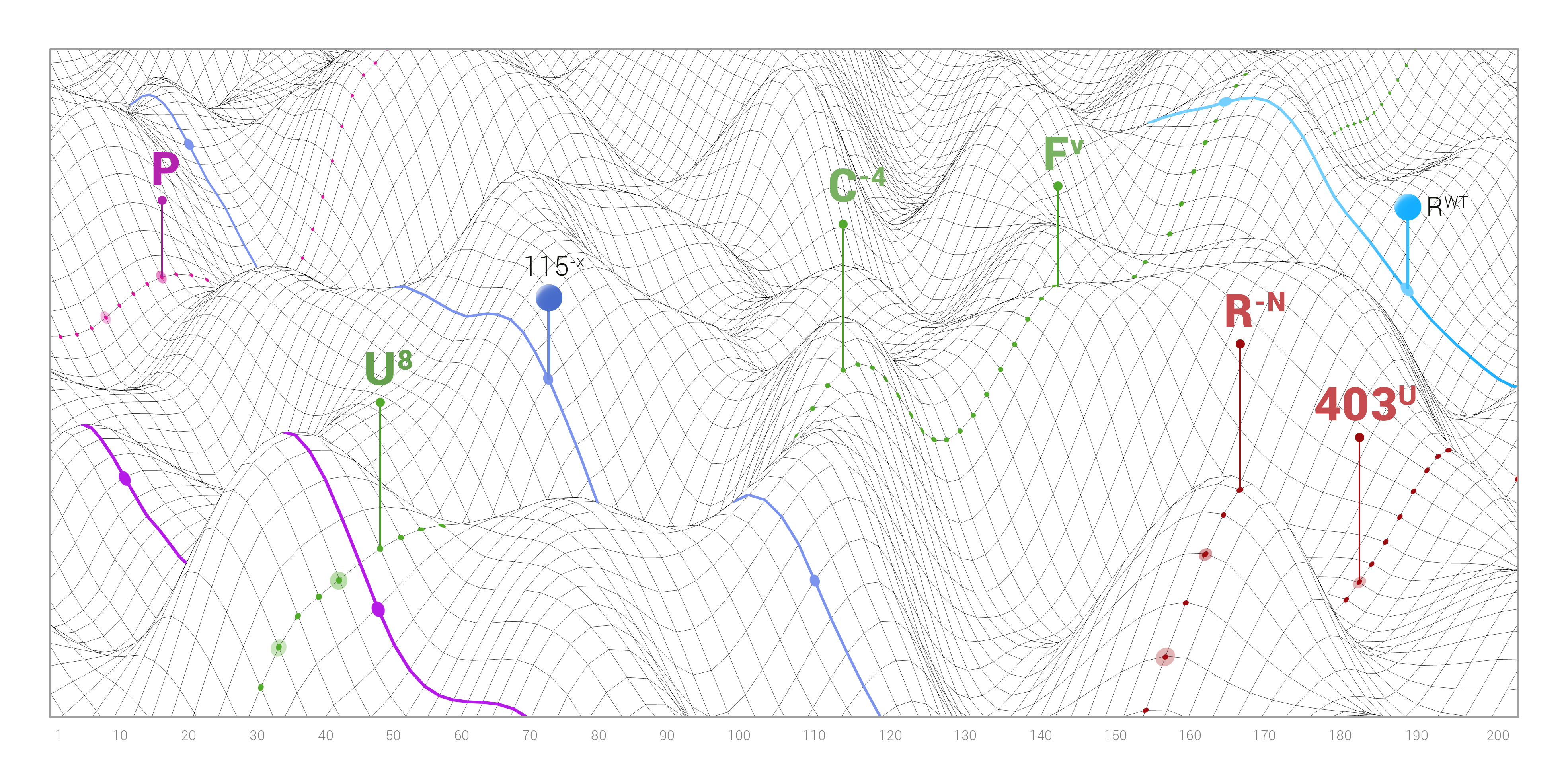
• The method of phase-magnitude interpolation (PMI)
• Accurate measure of frequency, magnitude and phase of signal harmonics
• Detection of resonances
The Fast Fourier Transform (FFT) algorithm is an important tool for analyzing and processing signals of various nature.
It allows to reconstruct magnitude and phase spectrum of a signal into the frequency domain by magnitude sample into the time domain, while the method is computationally optimized with modest memory consumption.
Although there is not losing of any information about the signal during the conversion process (calculations are reversible up to rounding), the algorithm has some peculiarities, which hinder high-precision analysis and fine processing of results further.
The article presents an effective way to overcome such "inconvenient" features of the algorithm.














 Many programmers struggle when using formal methods to solve problems within their programs, as those methods, while effective, can be unreasonably complex. To understand why this happens, let’s use the
Many programmers struggle when using formal methods to solve problems within their programs, as those methods, while effective, can be unreasonably complex. To understand why this happens, let’s use the